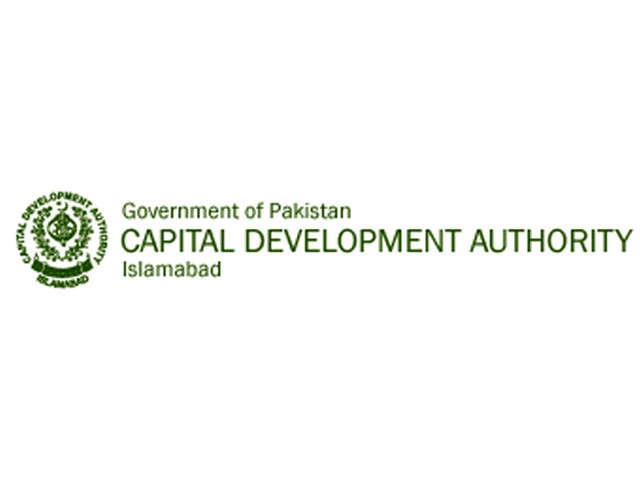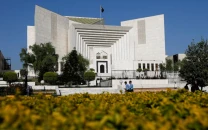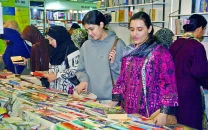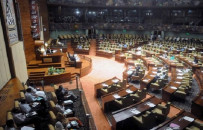Outside the ambit: Fast expanding suburbs eating up CDA revenue
Civic agency spending on model villages, suburban centres on ‘humanitarian grounds’.

Originally, these model villages and sub-urban centres were established to accommodate locals affected by urban development. PHOTO: Stock Image
The civic authorities are counting the cost of their failure in including five model villages, sub-urban centres, and two haphazardly expanding localities in the capital city’s suburbs, into the municipal limits of Capital Development Authority (CDA).
At the moment, CDA is providing basic facilities to some five sub-urban centres and model villages, including Chak Shahzad, Humak, Tarlai, Kuri and Farash but this is beyond the ambit of its powers and functions as these areas do not fall within the notified municipal limits of the civic agency. The authority has been providing partial civic facilities to these areas on ‘humanitarian grounds’.
“The CDA has no legal grounds to justify annual expenditures running into millions of rupees it makes on development of these sub-urban centres and other costs incurred on provision of civic facilities like garbage collection, water supply, and upkeep of playgrounds and parks,” said a senior official of the planning wing.
This expenditure, he said, was being met with entirely from CDA’s own resources, since the authority could not collect any municipal or other taxes from residents of these areas owing to legal constraints.
He said though these settlements fall within the areas of union councils (UC) of the Islamabad Capital Territory (ICT) administration, neither the UCs nor the administration ever shared a single penny with the CDA on these heads.
Originally, these model villages and sub-urban centres were established to accommodate locals affected by urban development and it was decided that the standard of development in these areas would be kept low by means of provision of electricity through overhead network, water supply through community stand posts, no sewerage system, gas or telephone connections, and no vehicular access to houses instead of five to 10 feet wide pedestrian path.
However, on the ground, the situation is entirely different as the CDA has so far failed to implement the aforementioned development standards.
Giving reasons behind this failure, a senior official of the authority said it was because locals or affected people, who were originally allotted the land, sold it to outsiders, while past governments gave a number of plots to selected individuals in the area.
“These influential persons pressured consecutive CDA managements in the 1980s and managed to get permissions for construction of double-storey houses — not permitted earlier — door-to-door water, sewerage, and telephone connections besides upgradation of various other services,” the official added.
CDA spokesperson Ramzan Sajid said the authority requires issuance of a notification from the federal government to give legal cover to expenditures and provision of other facilities.
In 2007, Sajid said, this case was sent to the chief commissioner for his comments. “The CDA still awaits comments from the office of the chief commissioner Islamabad,” he shared.
On the other hand, neither the federal government, nor the CDA or ICT administration seem serious in deciding the future of three haphazard and fast expanding localities, including Bhara Kahu and Sohan in the suburbs.
“The two localities are sprawling sporadically and very fast. There is an immediate need to control this unauthorised development and prepare an improvement plan of existing localities by including them in the municipal limits of Islamabad,” commented another senior official of CDA on condition of anonymity.
The National Assembly’s Standing Committee on Cabinet Secretariat also recently decided to discuss a one-point agenda of Islamabad’s municipal limits.
The chief commissioner could not be reached for comments despite several attempts.
Published in The Express Tribune, March 4th, 2015.



















COMMENTS
Comments are moderated and generally will be posted if they are on-topic and not abusive.
For more information, please see our Comments FAQ